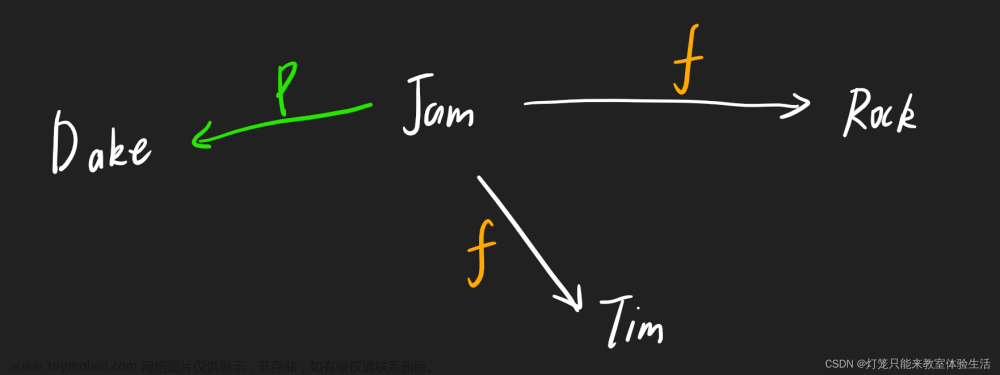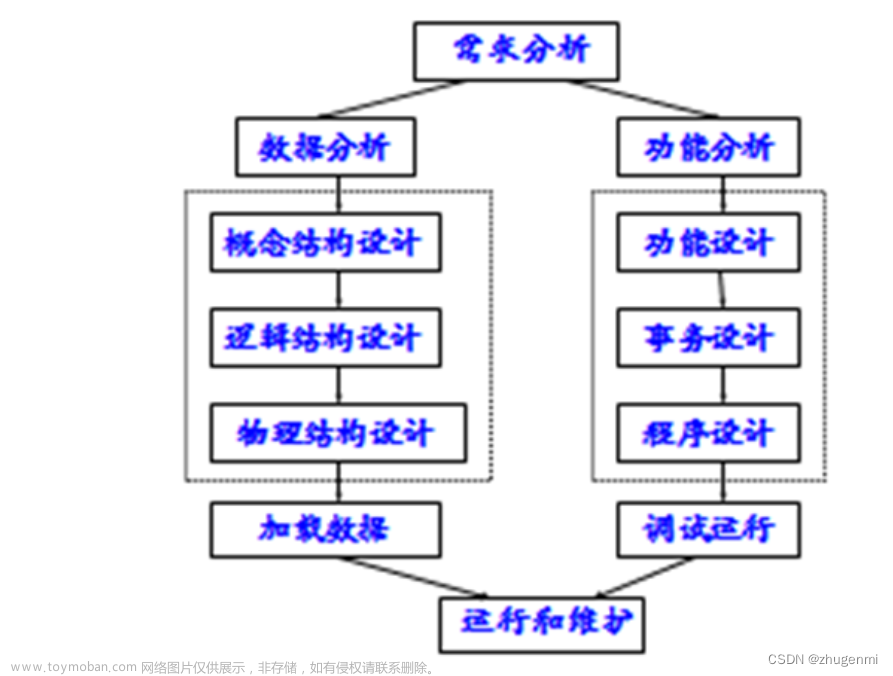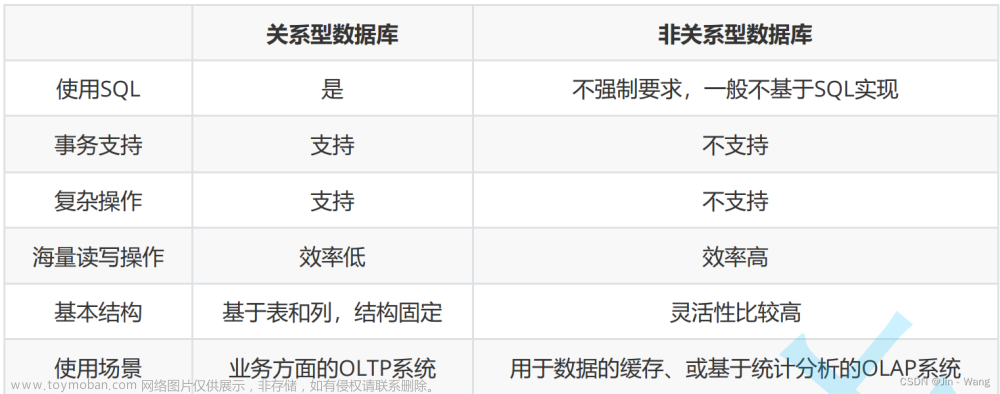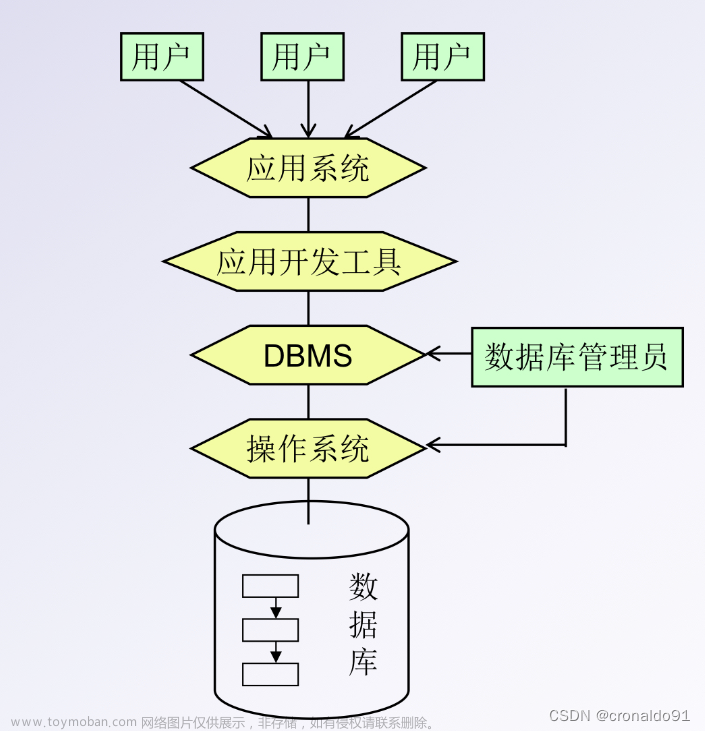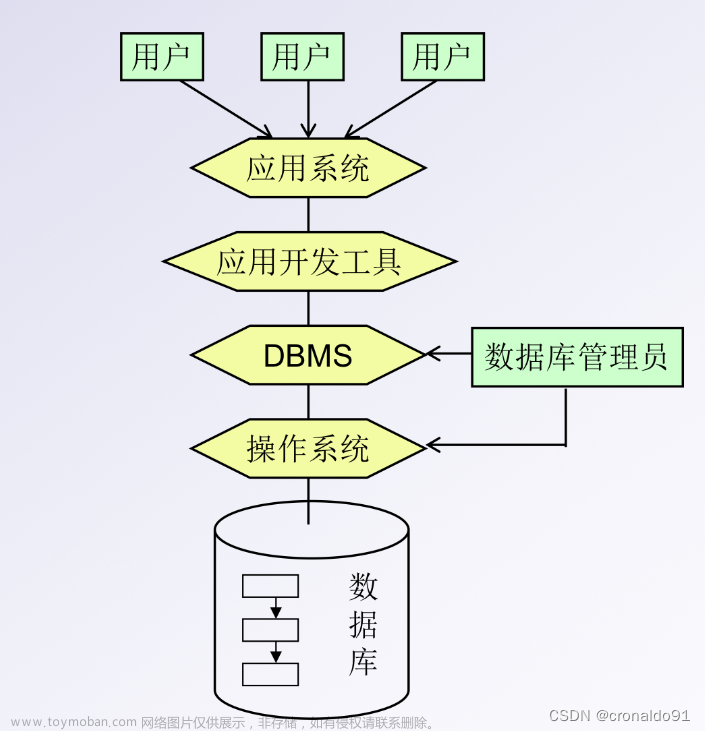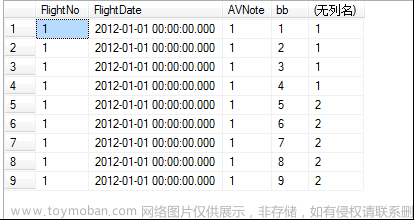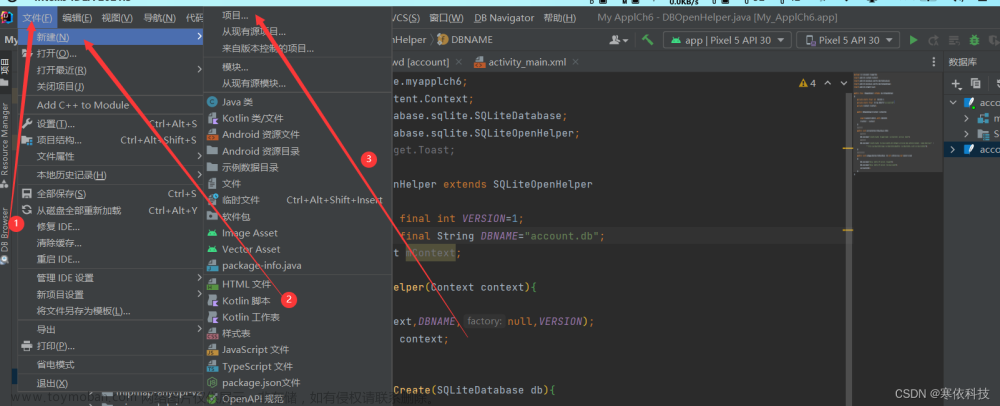简单查询
基于全异步,响应式,消息驱动
用法:
1.导入驱动:导入连接池(r2dbc-pool),导入驱动(r2dbc-mysql)
2. 使用驱动提供的api操作
pom.xml
<properties>
<r2dbc-mysql.version>1.0.5</r2dbc-mysql.version>
</properties>
<dependencies>
<dependency>
<groupId>io.asyncer</groupId>
<artifactId>r2dbc-mysql</artifactId>
<version>${r2dbc-mysql.version}</version>
</dependency>
<dependency>
<groupId>org.springframework.boot</groupId>
<artifactId>spring-boot-starter-test</artifactId>
<scope>test</scope>
</dependency>
</dependencies>
单元测试
@Test
public void testGetConnection() throws Exception{
//1.获取连接工厂
MySqlConnectionConfiguration config = MySqlConnectionConfiguration.builder()
.host("123.57.132.54")
.username("root")
.password("zyl000419")
.database("index_demo")
.build();
MySqlConnectionFactory factory = MySqlConnectionFactory.from(config);
//2.获取到连接,发送sql
Mono.from(factory.create())
.flatMapMany(connection ->
connection
.createStatement("SELECT * FROM t_author WHERE id = ?id")
.bind("id",1L)
.execute()
)//每一个连接会产生很多数据(result)
.flatMap(result -> {
return result.map(readable -> {
Long id = readable.get("id", Long.class);
String name = readable.get("name", String.class);
return new Author(id,name);
});
})
.subscribe(System.out::println);
System.in.read();
}
参数赋值
spring data r2dbc-整合与自动配置
SpringBoot对r2dbc自动配置
R2dbcAutoConfiguration:主要配置连接工厂,连接池
R2dbcDataAutoConfiguration:
r2dbcEntityTemplate:操作数据库的响应式客户端,提供crud Api数据类型映射关系,转换器
自定义R2dbcCustomConversions转换器组件
数据类型 int -> integer; varchar->string
R2dbcRepositoriesAutoConfiguration:开启springboot声明式接口方式的crud
spring data 提供了基础的crud接口,不用写任何实现的情况下,可以直接具有crud功能
R2dbcTransactionManager:事物管理
导入相关依赖
<dependency>
<groupId>org.springframework.boot</groupId>
<artifactId>spring-boot-starter-webflux</artifactId>
</dependency>
<dependency>
<groupId>org.springframework.data</groupId>
<artifactId>spring-data-r2dbc</artifactId>
</dependency>
编写application.yml配置
调整日志级别,打印sql语句
spring:
r2dbc:
url: r2dbc:mysql://your_host:3306
username: root
password: your_password
name: your_database
logging:
level:
org.springframework.r2dbc: debug
database client & r2dbcEntityTemplate api
创建数据库映射实体
@Data
@AllArgsConstructor
@NoArgsConstructor
@Table("t_author")
public class Author {
private Long id;
private String name;
}
R2dbcEntityTemplate: crudApi,join操作不好做
@Autowired
private R2dbcEntityTemplate template;
@Test
public void testR2dbcEntityTemplate() throws Exception{
//1.构造查询条件
Criteria criteria = Criteria.empty()
.and("id").is(1L)
.and("name").is("zyl");
//2.封装为查询对象
Query query = Query.query(criteria);
template.select(query, Author.class)
.subscribe(System.out::println);
System.in.read();
}
DatabaseClient:数据库客户端,贴近底层,join操作好做
@Autowired
private DatabaseClient databaseClient;
@Test
public void testJoin() throws IOException {
databaseClient.sql("SELECT * FROM t_author WHERE id = ?id")
.bind("id",1L)
.fetch()
.all()
.map(map -> {
String id = String.valueOf(map.get("id"));
String name = String.valueOf(map.get("name"));
return new Author(Long.valueOf(id), name);
})
.subscribe(System.out::println);
System.in.read();
}
spring data r2dbc
开启r2dbc仓库功能,jpa
@EnableR2dbcRepositories
@Configuration
public class R2dbcConfig {
}
1.写Repositories接口,默认继承一些crud方法
QBC: Query By Ctiteric
QBE: Query By Example
@Repository
public interface AuthorRepositories extends R2dbcRepository<Author,Long> {
}
测试:
复杂调价查询:
1.QBE Api(不推荐)
2.自定义方法
3.自定义sql
repositeries起名有提示,按sql起名
@Repository
public interface AuthorRepositories extends R2dbcRepository<Author,Long> {
/**
* where id in ? and name like ?
*/
Flux<Author> findAllByIdInAndNameLike(Collection<Long> ids, String name);
}
测试复杂查询
@Test
public void testRepositories() throws IOException {
authorRepositories.findAll()
.subscribe(System.out::println);
authorRepositories.findAllByIdInAndNameLike(List.of(1L),"z%")
.subscribe(System.out::println);
System.in.read();
}
控制台打印sql
SELECT t_author.id, t_author.name
FROM t_author
WHERE t_author.id IN (?) AND (t_author.name LIKE ?)
缺点:仅限单表crud
测试多表复杂查询
自定义注解@Query(),指定sql语句
1-1查询:一个图书有一个作者
1-n查询:一个作者写了多本图书
实体类Book
@Data
@Table("t_book")
public class Book {
@Id
private Long id;
private String title;
private Long authorId;
private LocalDateTime publishTime;
}
repositorues
@Repository
public interface BookRepositories extends R2dbcRepository<Book,Long> {
@Query("SELECT book.title,author.name " +
"FROM index_demo.t_book book " +
"LEFT JOIN index_demo.t_author author " +
"ON book.author_id = author.id " +
"WHERE book.id = :bookId")
Mono<Book> findBookAndAuthor(Long bookId);
}
绑定查询参数:
自定义结果转换器
@ReadingConverter//读取数据库数据时,把row->book
public class BookConverter implements Converter<Row, Book> {
@Override
public Book convert(Row source) {
if (ObjectUtils.isEmpty(source)) {
return new Book();
}
String title = source.get("title", String.class);
String authorName = source.get("name", String.class);
Book book = new Book();
Author author = new Author();
author.setName(authorName);
book.setAuthor(author);
book.setTitle(title);
return book;
}
}
配置自定义类型转换器
@EnableR2dbcRepositories
@Configuration
public class R2dbcConfig {
/**
* 将自己定义的转换器加入进去
*/
@Bean
@ConditionalOnMissingBean
public R2dbcCustomConversions conversions () {
return R2dbcCustomConversions.of(MySqlDialect.INSTANCE,new BookConverter());
}
}
测试
@Test
public void testQueryMulti() throws Exception{
bookRepositories.findBookAndAuthor(1L)
.subscribe(System.out::println);
System.in.read();
}
总结:
1.spring data R2DBC 基础的CRUD用R2dbcRepository 提供好了
2.自定义复杂的sql(单表):@Query()
3.多表查询复杂结果集合:DatabaseClient自定义sql,自定义结果封装
@Query+自定义converter实现结果封装
自定义转换器问题:对以前crud产生影响
Converter<Row,Book>:把数据库每一行row,转换成book
工作时机:spring data发现方法签名只要是返回Book,利用自定义转换器工作
所有对Book结果封装都使用转换器,包括单表查询
解决方法1:新VO+新的Repositories+自定义类型转换器
BookauthorVO
@Data
public class BookAuthorVO {
private Long id;
private String title;
private Long authorId;
private LocalDateTime publishTime;
private Author author;//每一本书有唯一作者
}
自定义BookAuthorRepositories
@Repository
public interface BookAuthorRepositories extends R2dbcRepository<BookAuthorVO,Long> {
@Query("SELECT book.title,author.name " +
"FROM index_demo.t_book book " +
"LEFT JOIN index_demo.t_author author " +
"ON book.author_id = author.id " +
"WHERE book.id = :bookId")
Mono<Book> findBookAndAuthor(@Param("bookId")Long bookId);
}
自定义BookAuthor转换器
@ReadingConverter//读取数据库数据时,把row->book
public class BookAuthorConverter implements Converter<Row, BookAuthorVO> {
@Override
public BookAuthorVO convert(Row source) {
if (ObjectUtils.isEmpty(source)) {
return new BookAuthorVO();
}
String title = source.get("title", String.class);
String authorName = source.get("name", String.class);
BookAuthorVO book = new BookAuthorVO();
Author author = new Author();
author.setName(authorName);
book.setAuthor(author);
book.setTitle(title);
return book;
}
}
解决方法2:自定义转换器中增加判断
source.getMetaData.contains(“”)
让converter兼容更多表结构(推荐!!!)
@ReadingConverter//读取数据库数据时,把row->book
public class BookAuthorConverter implements Converter<Row, BookAuthorVO> {
@Override
public BookAuthorVO convert(Row source) {
if (ObjectUtils.isEmpty(source)) {
return new BookAuthorVO();
}
String title = source.get("title", String.class);
BookAuthorVO book = new BookAuthorVO();
book.setTitle(title);
if (source.getMetadata().contains("name")) {
String authorName = source.get("name", String.class);
Author author = new Author();
author.setName(authorName);
book.setAuthor(author);
}
return book;
}
}
经验:
1-1/1-n都需要自定义结果集
spring data R2dbc:自定义converter指定结果封装
mybatis:自定义resultMap标签来封装
BufferUntilChanged操作
如果下一个判定值,比起上一个发生了变化,就开一个新buffer保存
如果没有变化,就保存到原buffer中
前提:数据已经提前排好序
groupBy:允许乱序
作者有很多图书. 1:n
sql文章来源:https://www.toymoban.com/news/detail-811197.html
SELECT author.name,author.id,book.title
FROM index_demo.t_author author
LEFT JOIN index_demo.t_book book
ON author.id = book.author_id
WHERE author.id = 1;
测试文章来源地址https://www.toymoban.com/news/detail-811197.html
@Test
public void testAuthorBookTest() throws Exception {
databaseClient.sql("SELECT author.name,author.id,book.title " +
"FROM index_demo.t_author author " +
"LEFT JOIN index_demo.t_book book " +
"ON author.id = book.author_id " +
"WHERE author.id = ?id")
.bind("id", 1L)
.fetch()
.all()
.bufferUntilChanged(rowMap -> Long.parseLong(String.valueOf(rowMap.get("id"))))
//id发生变化,重新分组,若是对象比较,需重写equals()方法
.map(list -> {
if (CollectionUtils.isEmpty(list)) {
return Collections.emptyList();
}
List<Book> bookList = list.stream()
.map(item -> {
String title = String.valueOf(item.get("title"));
return Book.builder()
.title(title)
.build();
})
.toList();
return Author.builder()
.id(Long.valueOf(String.valueOf(list.get(0).get("id"))))
.name(String.valueOf(list.get(0).get("name")))
.bookList(bookList);
})
.subscribe(System.out::println);
System.in.read();
}
到了这里,关于R2DBC-响应式数据库的文章就介绍完了。如果您还想了解更多内容,请在右上角搜索TOY模板网以前的文章或继续浏览下面的相关文章,希望大家以后多多支持TOY模板网!

